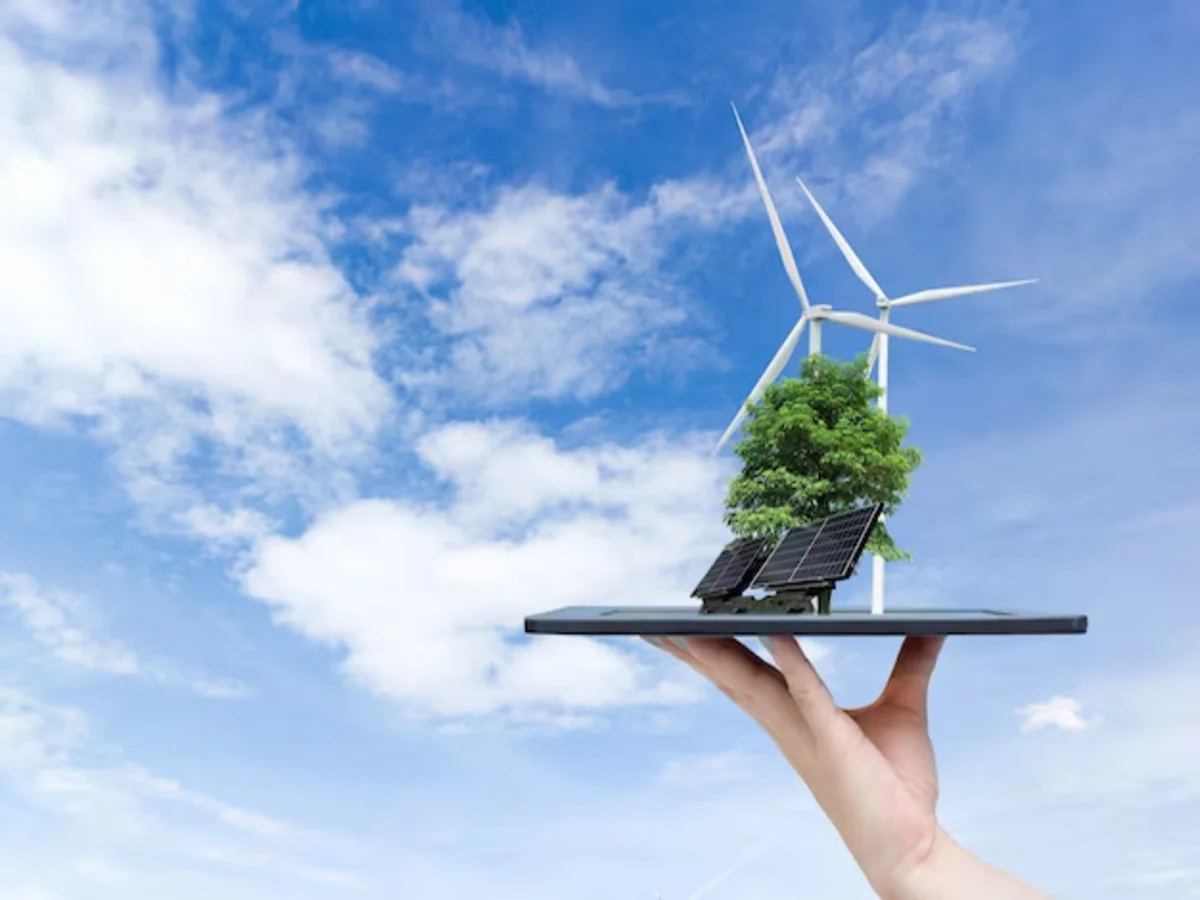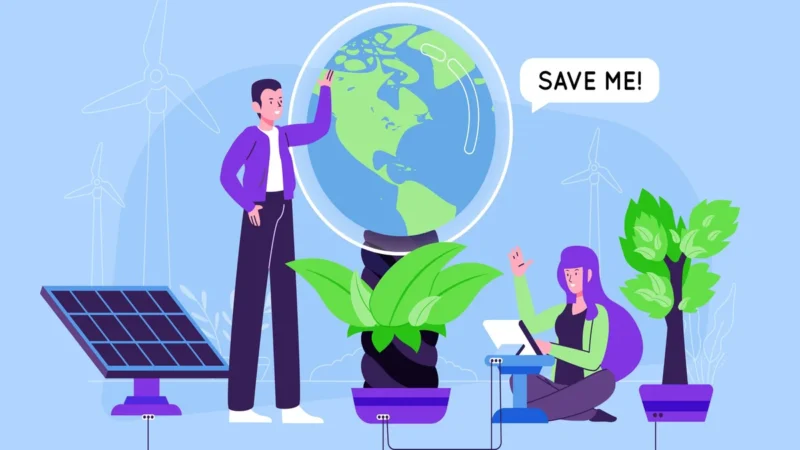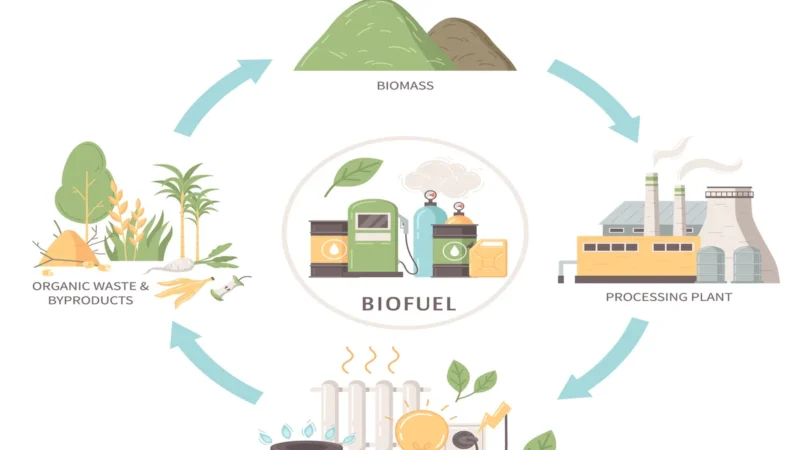Solar Power Sustainability: What You Need to Know About its Impact

Solar power is one of the most promising sources of renewable energy that can help us reduce our dependence on fossil fuels and combat climate change. But how sustainable is solar power really? What are the environmental, social, and economic benefits and challenges of using solar energy? In this article, we will explore these questions and more.
What is Solar Power?
Solar power is the conversion of sunlight into electricity using photovoltaic (PV) cells or solar thermal systems. PV cells are devices that absorb photons (particles of light) and generate electric currents. Solar thermal systems use mirrors or lenses to concentrate sunlight and heat a fluid that drives a turbine or engine to produce electricity.
Solar power can be used for various purposes, such as lighting, heating, cooling, cooking, water pumping, communication, transportation, and more. Solar power can also be stored in batteries or connected to the grid to provide electricity when needed.
Why is Solar Power Sustainable?
Solar power is sustainable because it uses the sun as a renewable and abundant resource that will not run out for billions of years. Unlike fossil fuels, such as coal, oil, and natural gas, solar power does not emit greenhouse gases or other pollutants that contribute to global warming, air pollution, acid rain, and smog. Solar power also reduces the need for water consumption and transportation of fuels, which can have negative impacts on water quality and availability, land use, biodiversity, and human health.
According to a study by the International Renewable Energy Agency (IRENA), solar power could provide 27% of global electricity by 2050 and avoid 4.9 gigatons of carbon dioxide emissions per year. This would be equivalent to removing 1.1 billion cars from the road.
What are the Benefits of Solar Power?
Solar power has many benefits for individuals, communities, and society as a whole. Some of the benefits are:
- Cost savings: Solar power can help reduce or eliminate electricity bills for homeowners and businesses. Depending on the size and location of the system, solar power can pay for itself in a few years and provide free electricity for decades. Solar power can also increase the value of properties and create jobs in the installation and maintenance sectors.
- Energy independence: Solar power can provide reliable and secure electricity for remote areas or regions that lack access to the grid or face frequent power outages. Solar power can also reduce the dependence on imported fuels and enhance energy security and resilience.
- Environmental protection: Solar power can help preserve the environment by reducing greenhouse gas emissions, air pollution, water pollution, land degradation, and waste generation. Solar power can also support biodiversity conservation and climate change adaptation by providing clean energy for wildlife habitats, irrigation systems, disaster relief, and more.
- Social development: Solar power can improve the quality of life and well-being of people by providing access to electricity for education, health care, communication, entertainment, and more. Solar power can also empower women and marginalized groups by creating income opportunities and reducing drudgery.
What are the Challenges of Solar Power?
Solar power also faces some challenges that need to be addressed to ensure its sustainability. Some of the challenges are:
Intermittency: Solar power is dependent on the availability of sunlight, which varies depending on the time of day, season, weather, and location. This means that solar power cannot provide constant electricity without storage or backup systems. Intermittency can also affect the stability and reliability of the grid if not managed properly.
Costs: Solar power has become more affordable in recent years due to technological innovations and economies of scale. However, solar power still requires high upfront costs for installation and maintenance. The costs can also vary depending on the type and quality of the system, the incentives and policies available, and the market conditions.
Infrastructure: Solar power requires adequate infrastructure to connect to the grid or distribute to end-users. This includes transmission lines, distribution networks, meters, inverters, transformers, etc. The infrastructure needs to be compatible with the characteristics of solar power and ensure safety and efficiency.
FAQs
1.What is the difference between grid-tied and off-grid solar?
Grid-tied solar systems are connected to the public utility grid, which allows them to sell excess power to the utility and receive credits on their electricity bills. Grid-tied systems do not need batteries, as they can use the grid as a backup source of power. Off-grid solar systems are not connected to the grid, and rely on batteries to store the power they generate. Off-grid systems are more expensive and complex, but can provide electricity in remote areas or regions that lack reliable grid access.
2.What are the components that make up a solar energy system?
A solar energy system consists of solar panels, an inverter, a racking system, and wiring. Solar panels capture sunlight and convert it into direct current (DC) electricity. An inverter converts DC electricity into alternating current (AC) electricity, which is compatible with most appliances and the grid. A racking system is the structure that supports and mounts the solar panels on the roof or the ground. Wiring connects the components and allows the flow of electricity.
3.How long will my system last?
Solar panels are designed to last for 25 to 30 years, and typically come with warranties that guarantee their performance for that period. However, solar panels can continue to produce electricity beyond their warranty period, albeit at a lower efficiency. Inverters usually have a shorter lifespan than solar panels, and may need to be replaced after 10 to 15 years. Other components, such as racking and wiring, may also require occasional maintenance or replacement.
4.How much does it cost to go solar?
The cost of going solar depends on many factors, such as the size and type of the system, the location and orientation of the site, the availability of incentives and financing options, and the installation and maintenance fees. According to EnergySage, a leading online marketplace for solar quotes, the average cost of a residential solar system in the U.S.
5.What tax credits and incentives are available?
The federal government offers a 26% tax credit for residential and commercial solar systems installed in 2020 and 2021. This means that you can deduct 26% of the cost of your system from your federal income taxes. The tax credit will drop to 22% in 2023, and expire for residential systems in 2024. In addition to the federal tax credit, there may be state, local, or utility incentives available in your area. These can include rebates, grants, loans, net metering programs, feed-in tariffs, property tax exemptions, and sales tax exemptions.
ALSO READ: Impact of Air Pollution On The Environment: Causes And Solutions For a Greener Future


